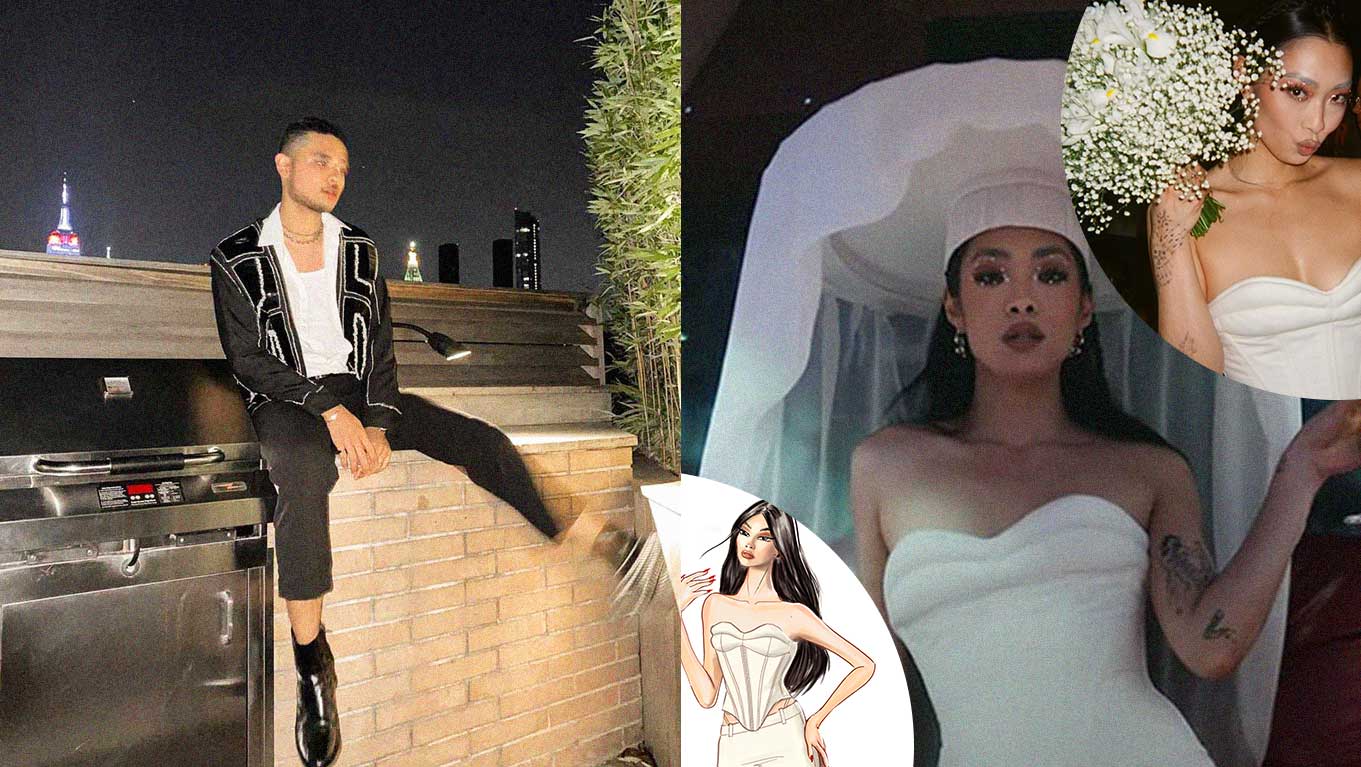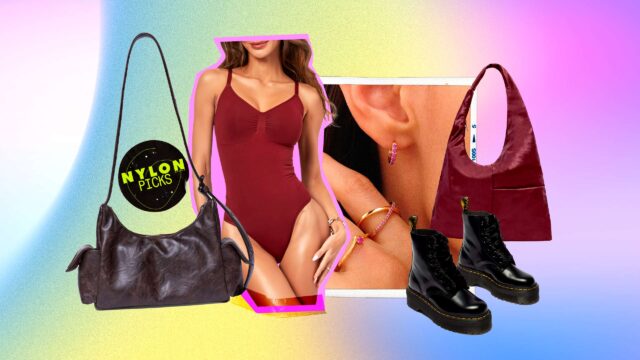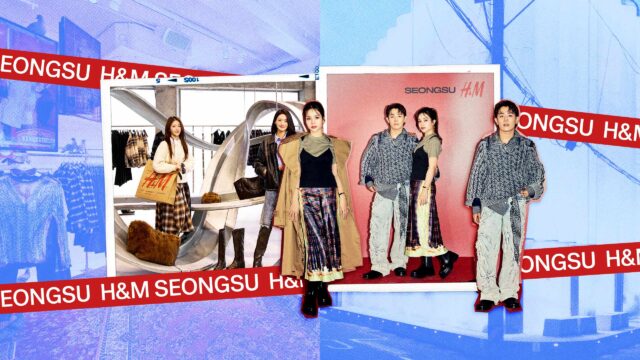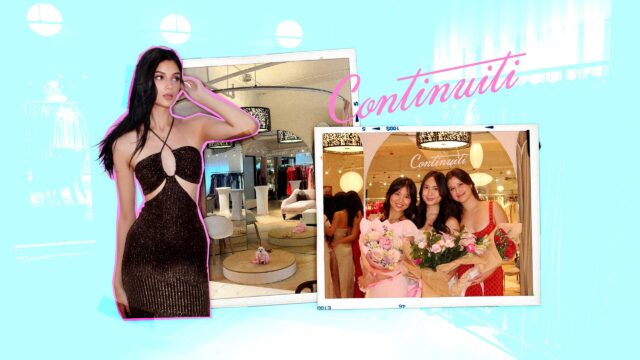Yep, he made a corset for Rina Sawayama in 14 hours.
To a young and aspiring creative, it seems far-fetched to work with one of the biggest pop stars today. Then there’s Christian Olarte, a 20-year-old New York-based Filipino-Panamanian designer. He’s learned the ropes of the industry at an early age, 15 to be exact, and now he’s currently in New York as a fashion student in Parsons. Christian has a cutting-edge style when it comes to tailoring, finding a common ground between masculinity and femininity in his collections. No wonder Rina Sawayama’s stylist tapped him for her new music video, This Hell.
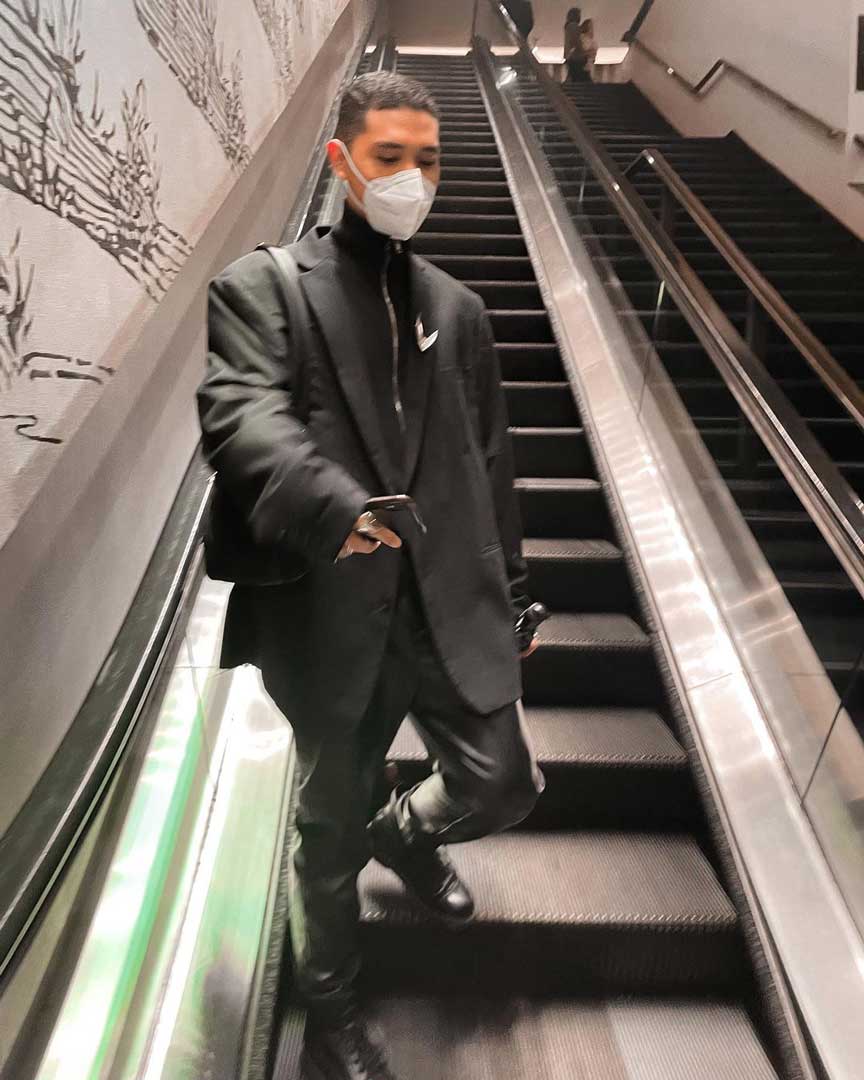
He also has a hand in photography, wig-making, film-making, and played a part in Frankie Pangilinan’s upcoming music. We caught up with Christian Olarte below as he told us how it felt seeing Rina Sawayama wear his clothes and his advice for upcoming designers like himself.
READ MORE: At 19-Years Old, Here’s How This Filipino Designer Made It To Fashion School In France
How much time have you spent working in the fashion industry?
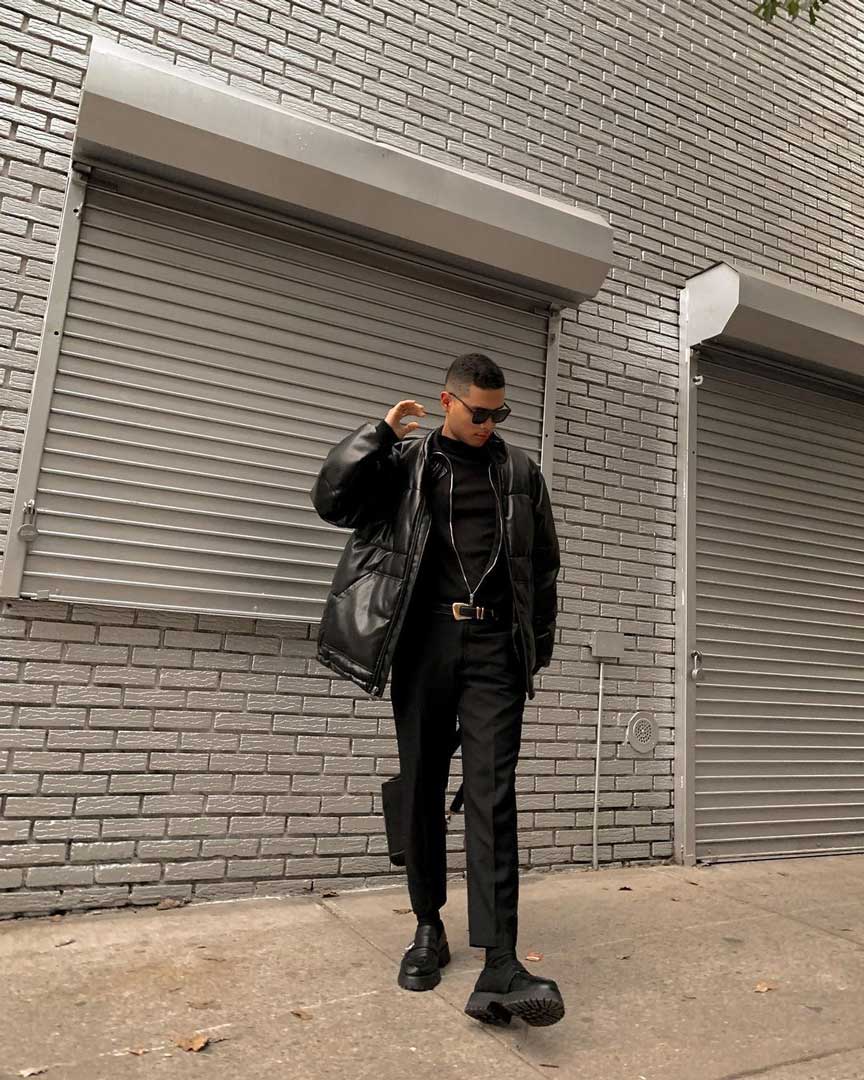
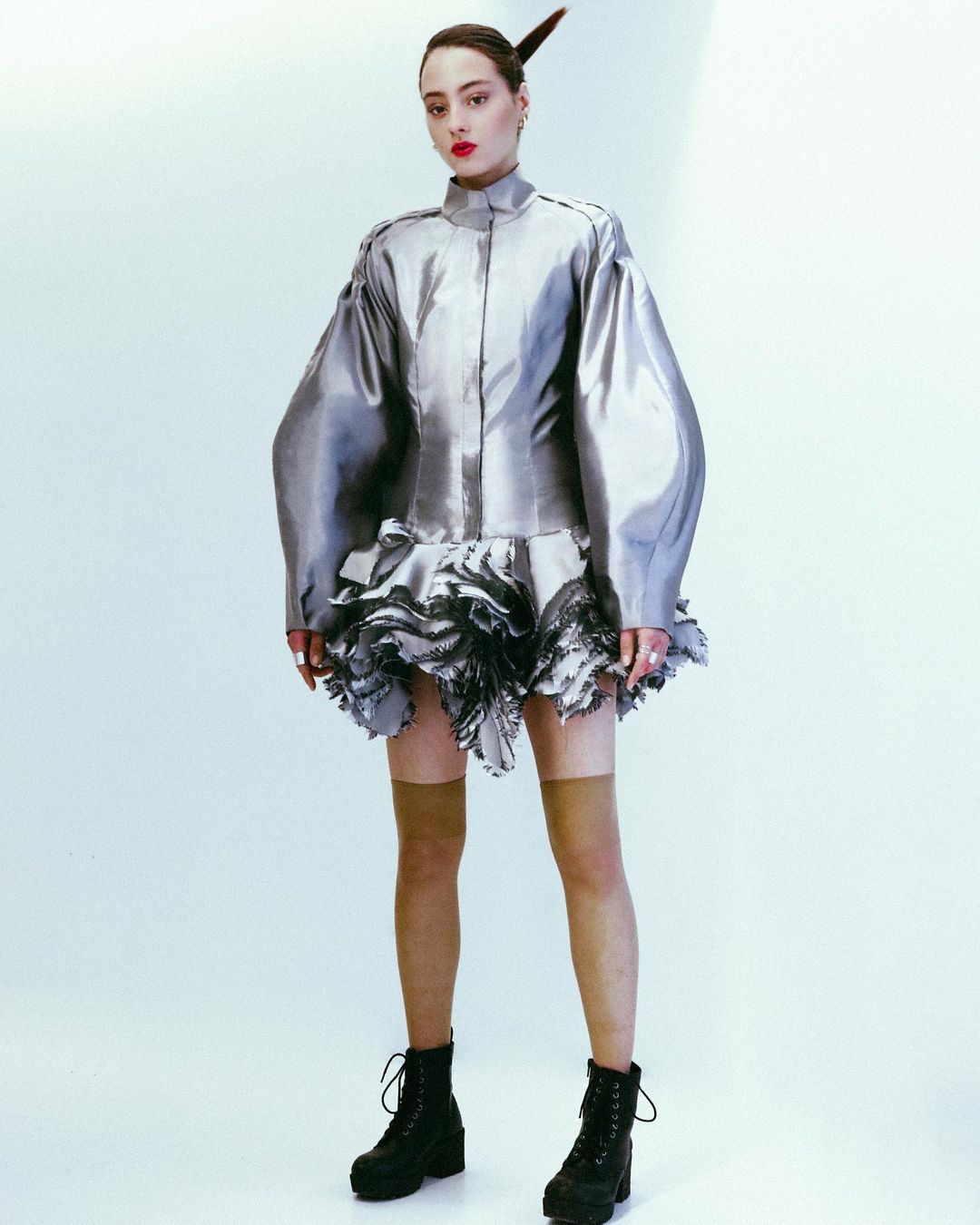
I am 20 years old and I have been working in the fashion industry since I was 15, so 5 years.
Can you share the concept behind the look you made for Rina Sawayama’s music video? Feel free to share the references and some anecdotes.
So, Rina’s stylist, Jordan Kelsey, was originally going to pull a wedding dress I had made for my Spring/Summer 2021 Collection that was entirely made in COVID Lockdown inspired hy my childhood in Panama. I’m currently in NYC and so were Rina and her team at the time of the request, but the clothes were still all in Panama. So, I asked my mom for help shipping the looks overnight to NYC so they would arrive in time for her team to take them overseas for the music video shoot. However, the day they were supposed to arrive, they got stuck in customs and didn’t get released until a few days after Rina’s team had left.
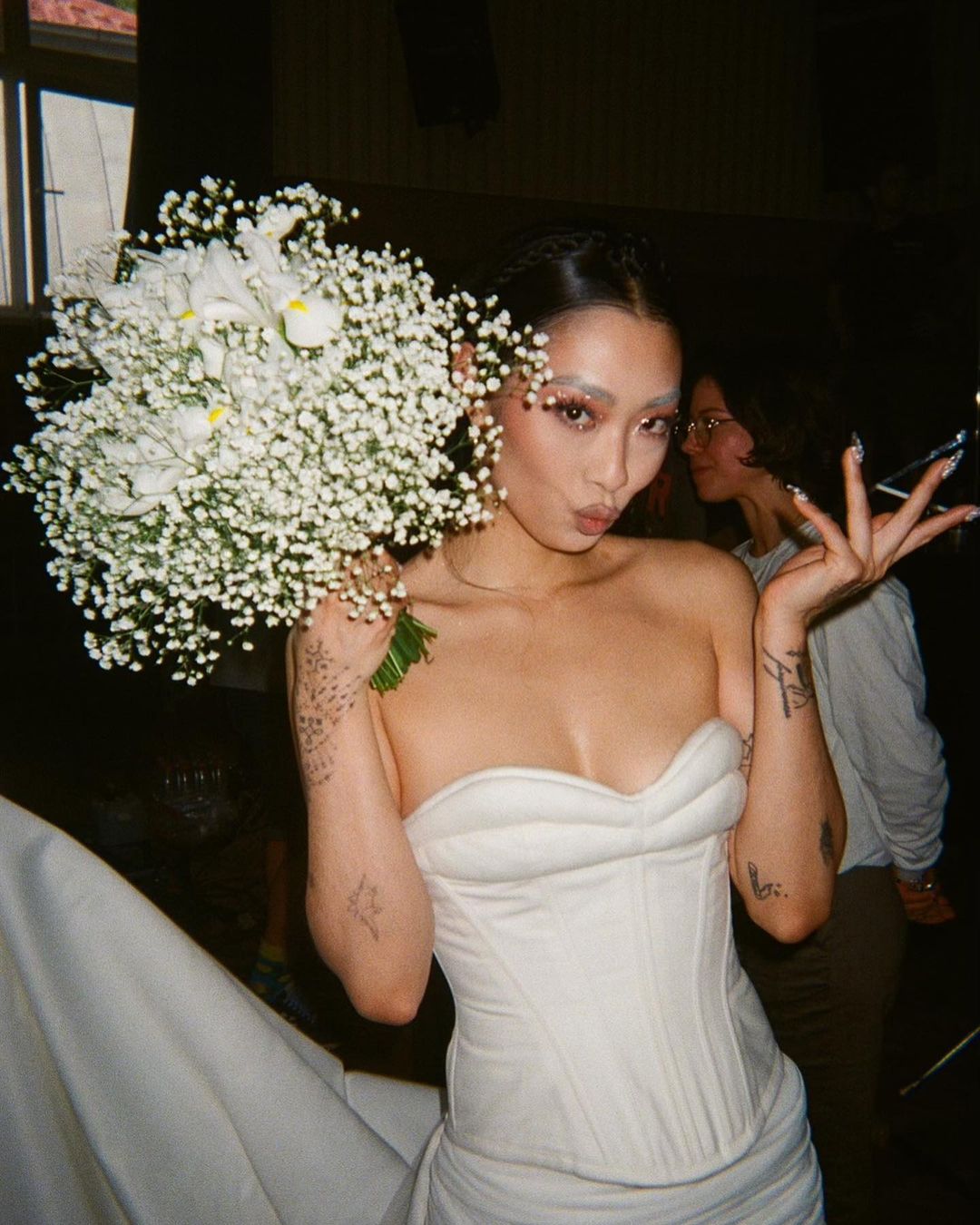
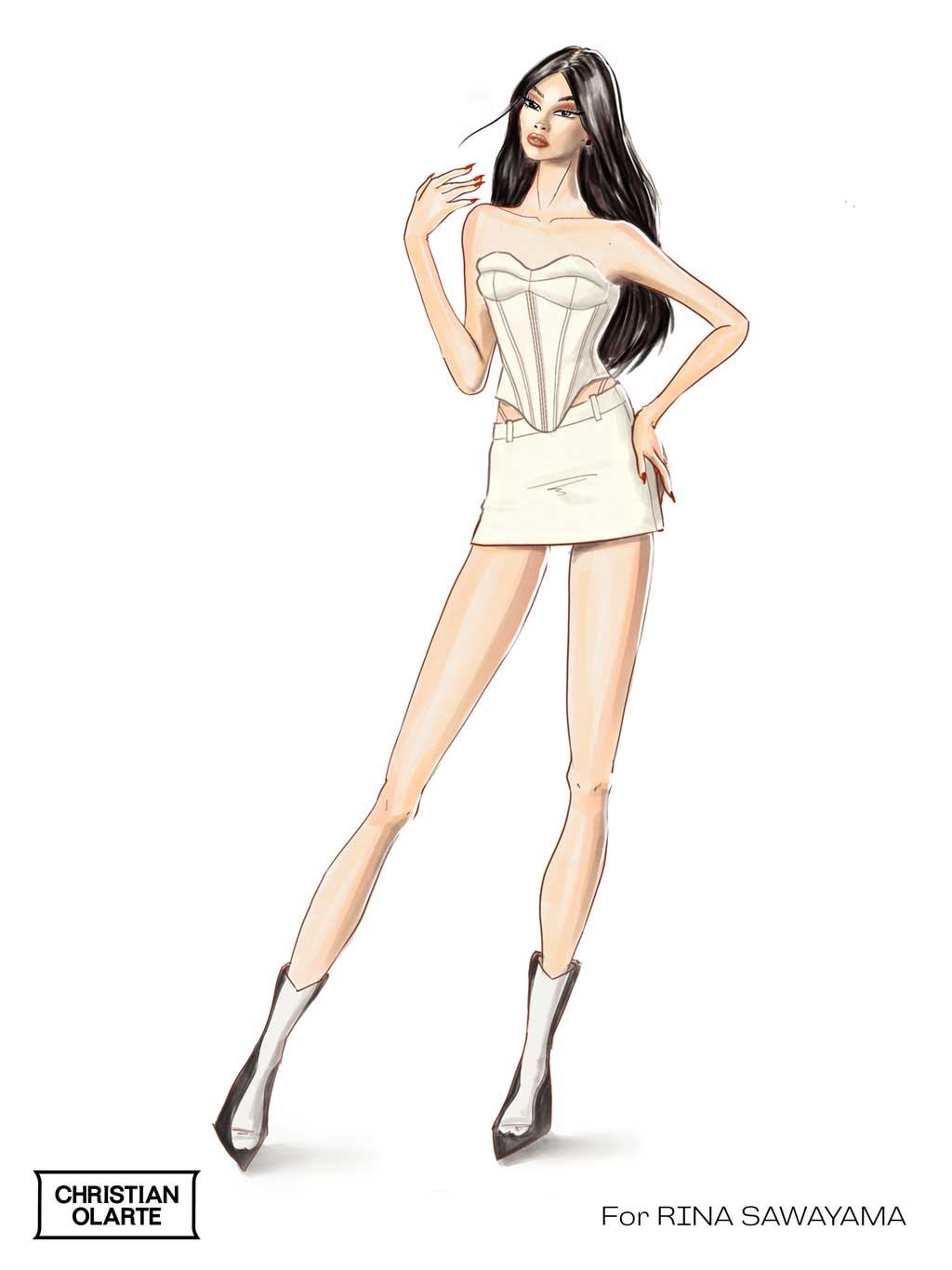
Knowing this, I offered to make a custom look overnight for her. I was sent her measurements and Jordan just told me that it needed to be bridal. She showed me a reference from the same collection of mine and said she would love it if I could recreate it. Unfortunately the sewing pattern for the look she wanted was also in Panama, so I had to re-draft it entirely from scratch and try to remember how I had made it. Because Jordan was traveling to London while the shipping delay happened, our communication was very sporadic, and by the time I knew I had to make a look from scratch, it was 10 PM on a weekend. I had around 14 hours total to make it before the rest of her team left NYC. Also all the fabric stores were closed. So, I called my friend Manvi and she luckily had the perfect white fabric for the corset which she let me use. Jordan had also asked me to make a miniskirt for Rina the day before we found out the original looks were delayed, but unfortunately it didn’t get used in the final video.
What was the most challenging part in designing it?


The challenge was the time frame and sourcing all the materials. It was such a quick turnaround and such a coincidence that I was able to find the materials to make a fully boned corset. Again, I am so grateful to my friends Manvi, Avantika, and Enrique for their help because I could not have done it without them.
Has being Filipino influenced your aesthetic as a fashion designer?
“I like the fact that there’s an honor that comes with wearing a traditional Filipino garment because you can feel that it’s more than just fabric and thread, it’s a living piece of culture.”
Being Filipino has influenced my aesthetic as a designer in so many ways. There’s always a story behind the craftsmanship and a meaning behind the details in traditional Filipino dress and aesthetics. I like the fact that there’s an honor that comes with wearing a traditional Filipino garment because you can feel that it’s more than just fabric and thread, it’s a living piece of culture.
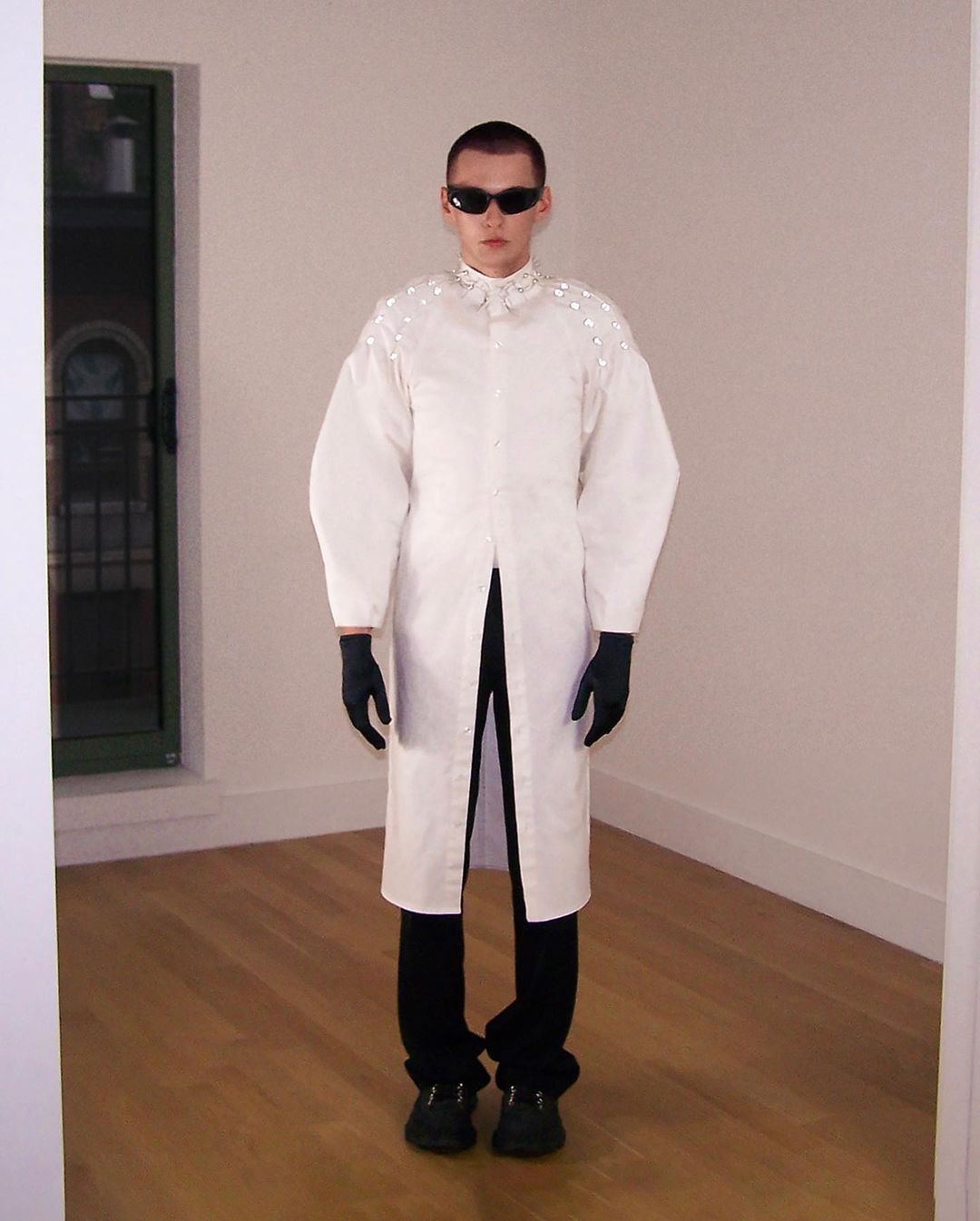
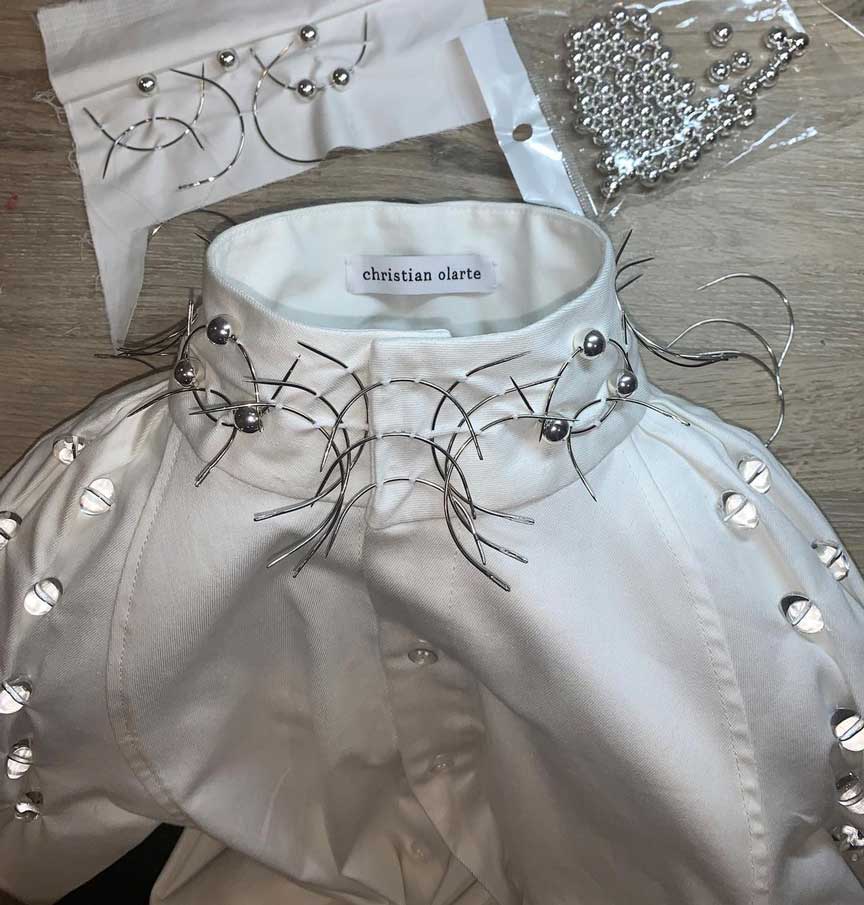
On a more visual side, I really enjoy working with volume and silhouette, which I can attribute to Terno sleeves. Filipino culture has a specific opulence that is still delicate and dainty. I was always drawn to the structure of the cuffs and the collar of the Barong tagalog. Ever since I was little, I noticed how stiff the cuffs and the collar were when wearing it and that idea of adding structure and sharpness to a body has carried on in my design aesthetic.
Any words of advice for fashion designers and creatives who wish to enter this industry?
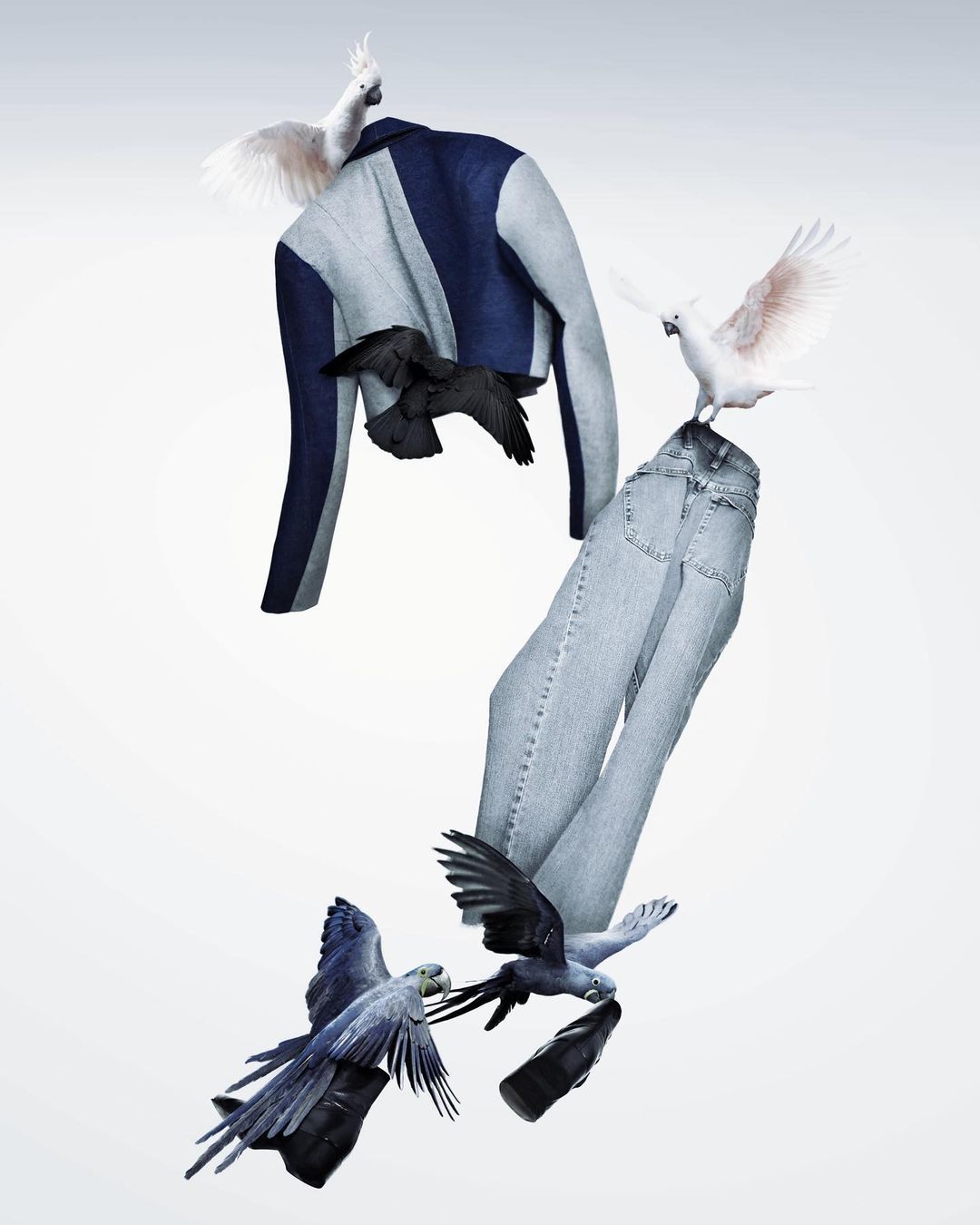
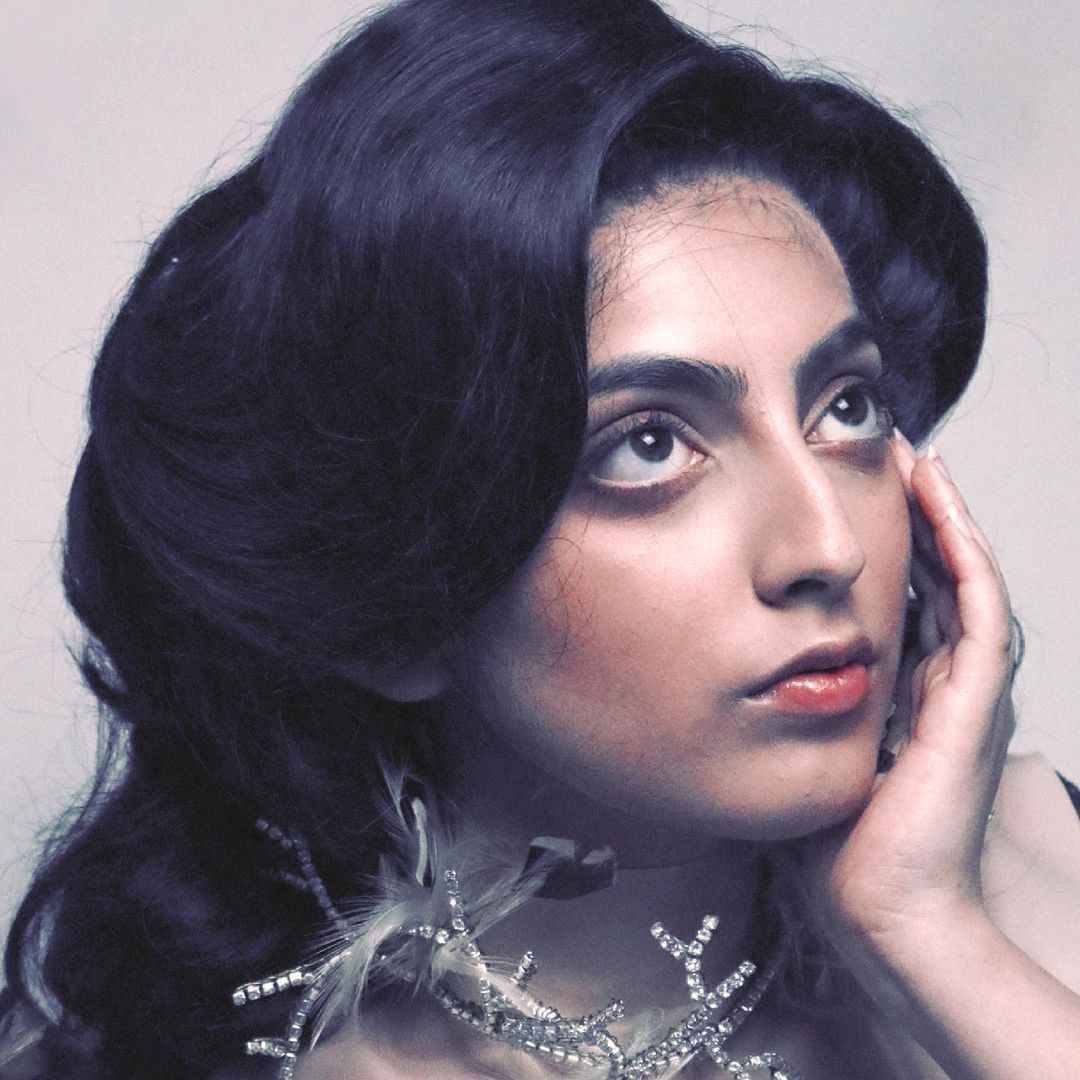
I have three pieces of advice. First, start where you are at. Don’t wait until you have the best fabric money can buy or the newest sewing machine. If all you have is a curtain, needle and thread, see what you can make with that. Or if you only have a pencil and paper, start sketching. There is so much value in taking time to develop your craft and it really does take hundreds of hours to develop a personal voice and technical skill. You need that time to make mistakes and don’t be discouraged if you don’t like what you make. You will only improve with practice.
Second, treat every project like it is the best thing you’ve ever made. Obviously, don’t cross the line into arrogance but give your work the reverence and value it deserves. If you have to fake the confidence, then fake it, because that will get you 10 times further than belittling your creations. Try to keep and preserve as much of your work as possible, and archive it properly because you never know how it may be of use to you in the future.
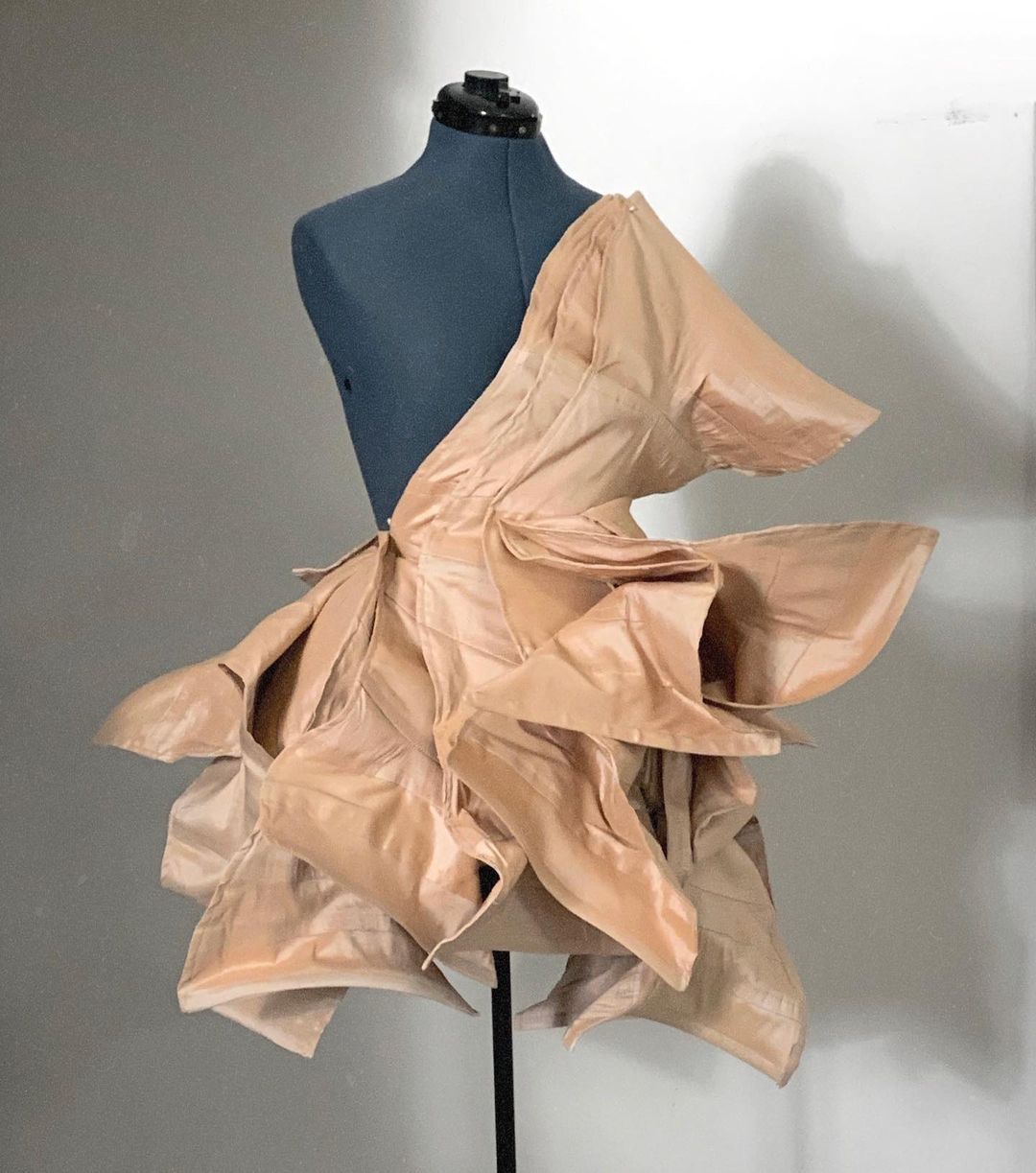

Lastly, you never know who is watching you. Social media is so powerful and it’s the ultimate portfolio for an artist. So, publish as much of your work as you can. It really only takes one person noticing you to get the ball rolling.
See the corset Christian Olarte designed for Rina Sawayama below:
CONTINUE READING:
This Designer Is The First Filipino To Join The Runway Show Where Kate Middleton Walked For
These 6 Sustainable Designers Are Turning Retaso Into Statement Pieces
This Designer Collaborated With Her 8-Year Old Designer and Landed in Rakuten Fashion Week
